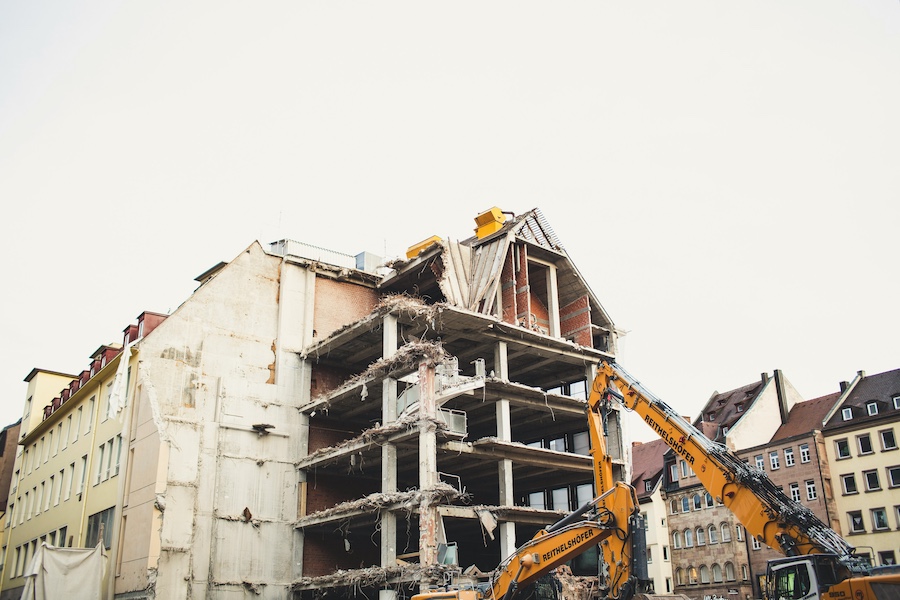Construction and demolition (C&D) activities generate significant amounts of waste, much of which can be recycled or reused if separated and processed correctly. Conducting waste audits is a critical step in managing C&D waste effectively This helps projects meet regulatory requirements, minimize environmental impact, and reduce costs.
This blog post outlines the structured approach to performing waste audits in the built environment. This approach is adapted from the European guidelines for waste audits before demolition and renovation.
Understanding Waste Audits in construction
What is a Waste Audit?
A waste audit assesses the types and amounts of waste generated by a construction or demolition project. It involves a systematic review of the materials to be removed, identifying both non-hazardous and hazardous components, and recommends appropriate handling, recycling, or disposal methods.
Steps to Conducting a Waste Audit

1. Preparation and Planning
- Desk Study: Begin with a thorough review of the building’s documentation to understand the materials used in the construction and any subsequent renovations. This includes architectural plans, past renovation records, and maintenance logs.
- Stakeholder Engagement: Involve all relevant parties, including property owners, demolition contractors, and waste management experts. This ensures that all perspectives are considered and that the audit aligns with legal and environmental standards.
2. On-Site Assessment
- Field Survey: Conduct a detailed inspection of the site to verify the information gathered during the desk study. This will help to assess the condition and quantity of materials present.
- Material Inventory: Categorize materials into non-hazardous and hazardous waste, noting their locations and ease of extraction for reuse or recycling.
3. Waste Management Recommendations
- Evaluation of Disposal Methods: Based on the inventory, recommend the most sustainable disposal methods for different materials, such as recycling, reuse, or landfill.
- Hazardous Waste Handling: Provide specific guidelines for safely removing hazardous materials like asbestos or lead, complying with health and safety regulations.
4. Reporting and Documentation
- Detailed Reporting: Compile a comprehensive report that documents all findings from the audit, including material categories, estimated quantities, and recommended disposal methods.
- Traceability and Quality Assurance: Establish mechanisms for traceability and quality control to ensure that waste handling follows the recommendations and complies with all regulations.
Contact us if you require support in conducting a waste audit for the built environment.
Best Practices and Tips
Effective Segregation: Plan for the segregation of materials at the source to enhance the quality and value of recovered materials.
Continuous Improvement: Use the findings from each audit to refine waste management practices in future projects, aiming for higher recycling rates and reduced landfill dependency.
Compliance with Standards: Ensure the waste audit and all associated activities comply with relevant local and international standards, such as the EU Waste Framework Directive and industry-specific guidelines like BREEAM or LEED.
Conclusion: Enhancing Sustainability Through Waste Audits
Waste audits are more than regulatory compliance; they are a cornerstone of sustainable construction practices. By understanding and implementing effective waste audit procedures, the construction industry can make significant strides towards reducing its environmental impact, enhancing resource efficiency, and building towards a circular economy.
Call to Action
Are you involved in construction or demolition projects? Start integrating comprehensive waste audits into your project planning to achieve environmental compliance and enhance sustainability. Contact us and explore our detailed guide on waste audits for actionable insights and advanced strategies.
